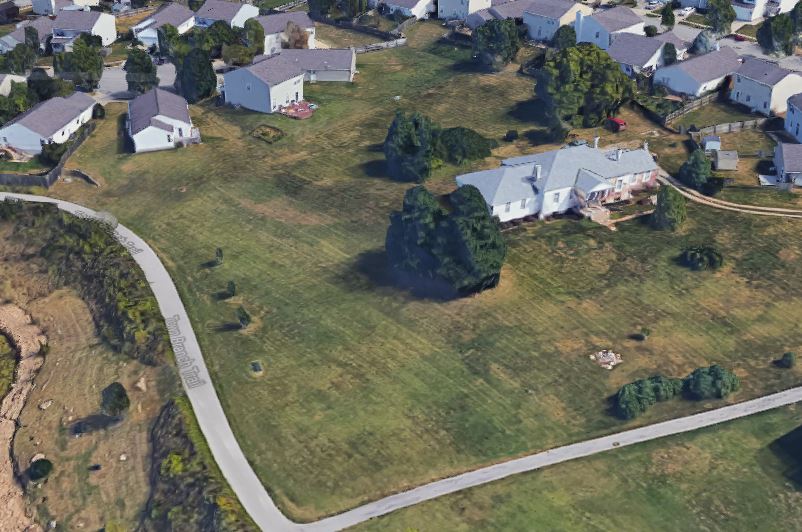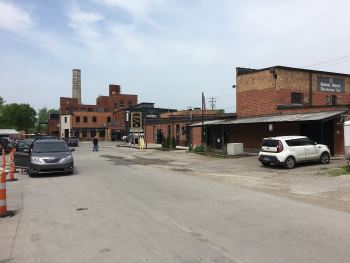
Town Branch Tales
Stories from along the Trail
McConnell Springs
The history of McConnell Springs is tied very closely to the founding of Lexington. In June 1775, William McConnell and his frontier explorers camped at a natural spring. At the time, this spring was located in the wilderness of the Virginia territory. Word traveled from nearby Fort Boonesboro to McConnell that the first battle of the American Revolution had just been fought in Lexington, Massachusetts. To honor the battle, McConnell and his fellow frontier explorers would name their future settlement “Lexington”. In 1778, Lexington was officially established when the first blockhouse was built on the banks of Town Branch Creek. As Lexington continued to develop, streets and buildings were laid out on a grid aligned with Town Branch Creek. By 1860, Lexington’s population had risen… Read More

Lewis Manor
Lewis Manor sits slightly north of the Town Branch Trail, visible to those passing by on the trail. Now you might be thinking what makes this Lewis Manor so important, however the name Lewis says it all. Previously owned by Colonel Thomas Lewis, Lewis Manor was built upon a tract of land for which he claimed ownership of in 1788. Colonel Thomas Lewis built the original Lewis manor in 1788, however it was later rebuilt in 1800, and according to the United States Department of the Interior “Colonel Lewis and his family continued to live there for approximately forty-five years.” Among some of the Colonel’s achievements include… Read MoreThe Distillery District
The Distillery District in Lexington, Kentucky is located just northwest of downtown Lexington, on Manchester Street. The history of the Distillery District dates back to 1860s. The first distillery on the site was the Henry Clay Distillery, belonging to the Headley and Farra Company. The Henry Clay Distillery was located on Old Frankfort Pike (currently Manchester Street), and the bank of Town Branch Creek. This location is close to McConnell Springs, which is where Lexington was originally settled in 1775. The property (400 acres) was purchased… Read More